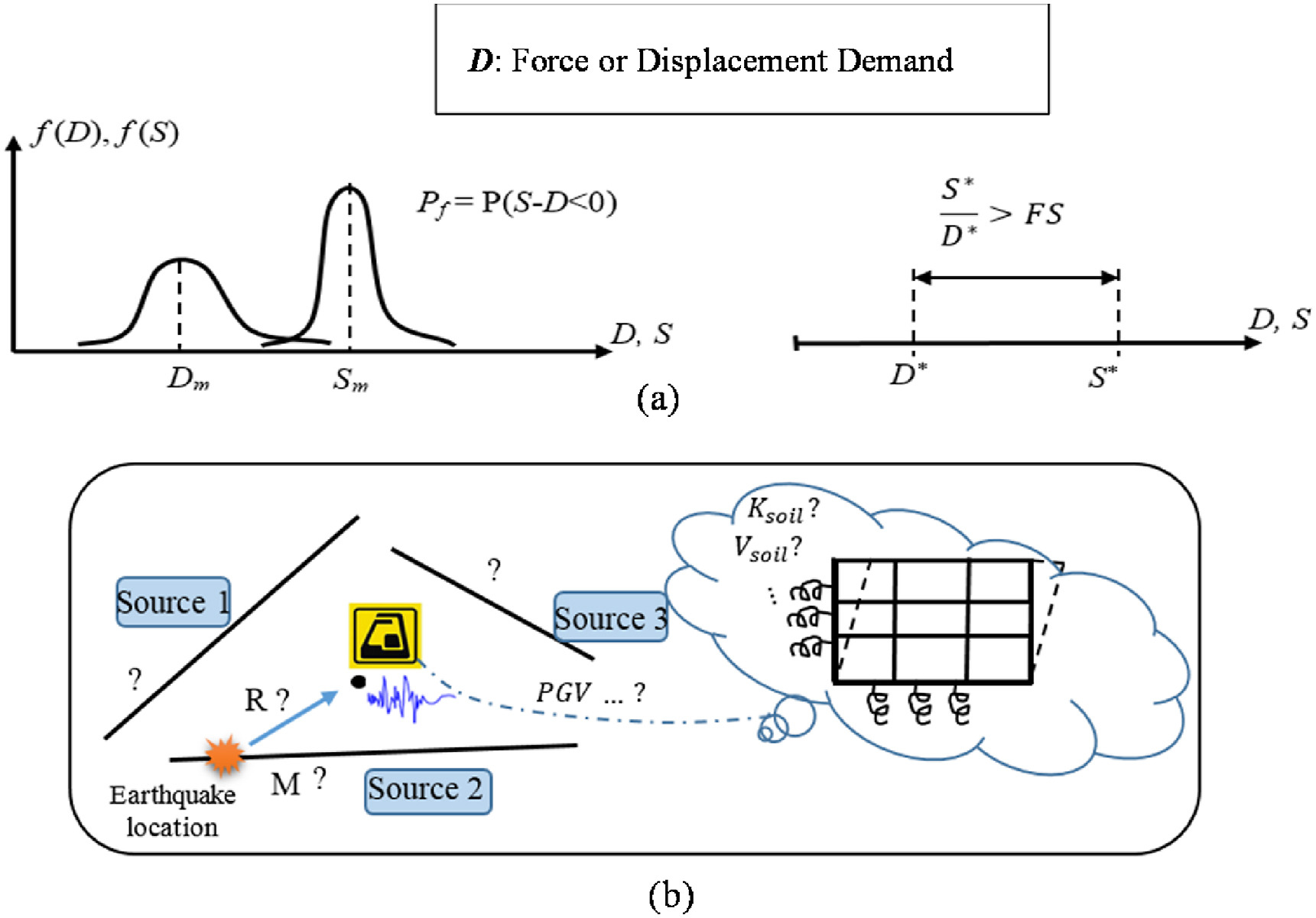JRMGE / Vol 15 / Issue 6
A practical framework for performance-based reliability analysis of subway stations based on a fault–structure combined system
M. Ghorbanzadeh, M. Hajihassani, M. Kharghani
Show More
a Department of Civil and Environmental Engineering, Amirkabir University of Technology, Tehran, Iran
b Department of Mining, Faculty of Engineering, Urmia University, Urmia, Iran
c Faculty of Engineering, Science and Research Branch, Islamic Azad University, Tehran, Iran
2023, 15(6): 1406-1425. doi:10.1016/j.jrmge.2022.09.012
Received: 2022-04-24 / Revised: 2022-06-28 / Accepted: 2022-09-15 / Available online: 2022-10-21
2023, 15(6): 1406-1425.
doi:10.1016/j.jrmge.2022.09.012
Received: 2022-04-24
Revised: 2022-06-28
Accepted: 2022-09-15
Available online: 2022-10-21
It is necessary to pay particular attention to the uncertainties that exist in an engineering problem to reduce the risk of seismic damage of infrastructures against natural hazards. Moreover, certain structural performance levels should be satisfied during strong earthquakes. However, these performance levels have been only well described for aboveground structures. This study investigates the main uncertainties involved in the performance-based seismic analysis of a multi-story subway station. More than 100 pulse-like and no pulse-like ground motions have been selected. In this regard, an effective framework is presented, based on a set of nonlinear static and dynamic analyses performed by OpenSees code. The probabilistic seismic demand models for computing the free-field shear strain of soil and racking ratio of structure are proposed. These models result in less variability compared with existing relations, and make it possible to evaluate a wider range of uncertainties through reliability analysis in Rtx software using the Monte Carlo sampling method. This work is performed for three different structural performance levels (denoted as PL1–PL3). It is demonstrated that the error terms related to the magnitude and location of earthquake excitations and also the corresponding attenuation relationships have been the most important parameters. Therefore, using a fault–structure model would be inevitable for the reliability analysis of subway stations. It is found that the higher performance level (i.e. PL3) has more sensitivity to random variables than the others. In this condition, the pulse-like ground motions have a major contribution to the vulnerability of subway stations.
Keywords: Seismic hazard, Probabilistic models, Reliability analysis, Subway station

